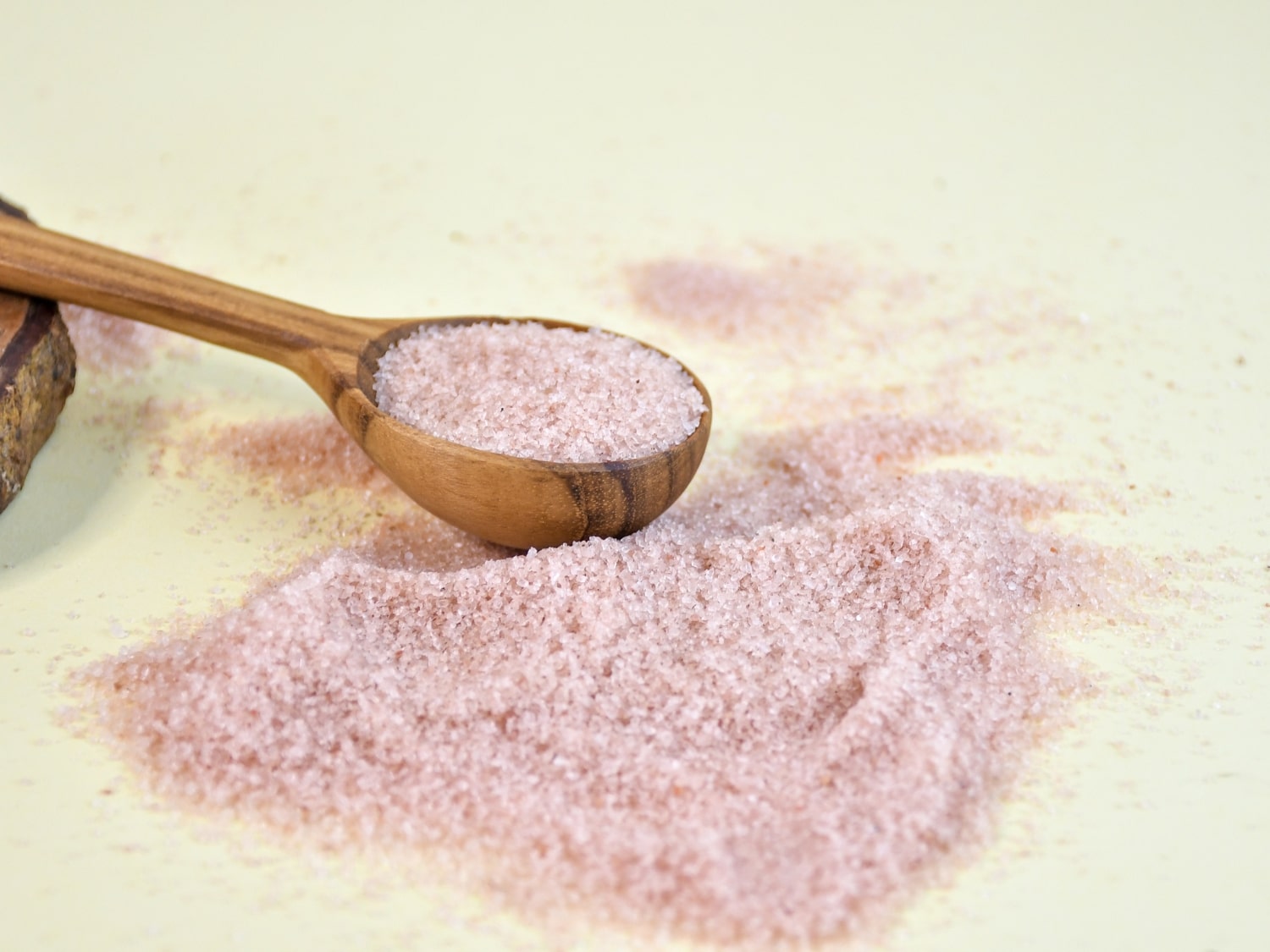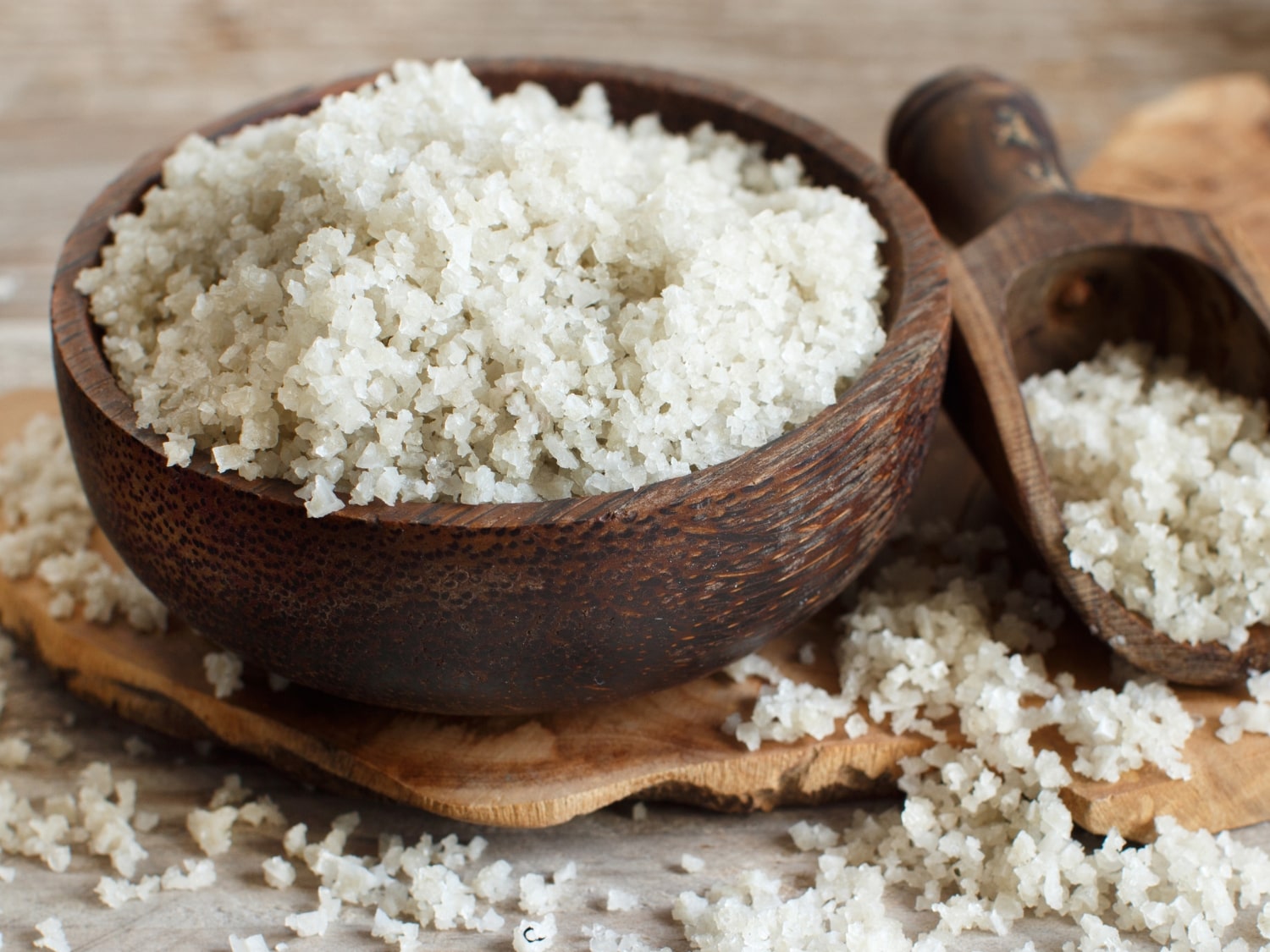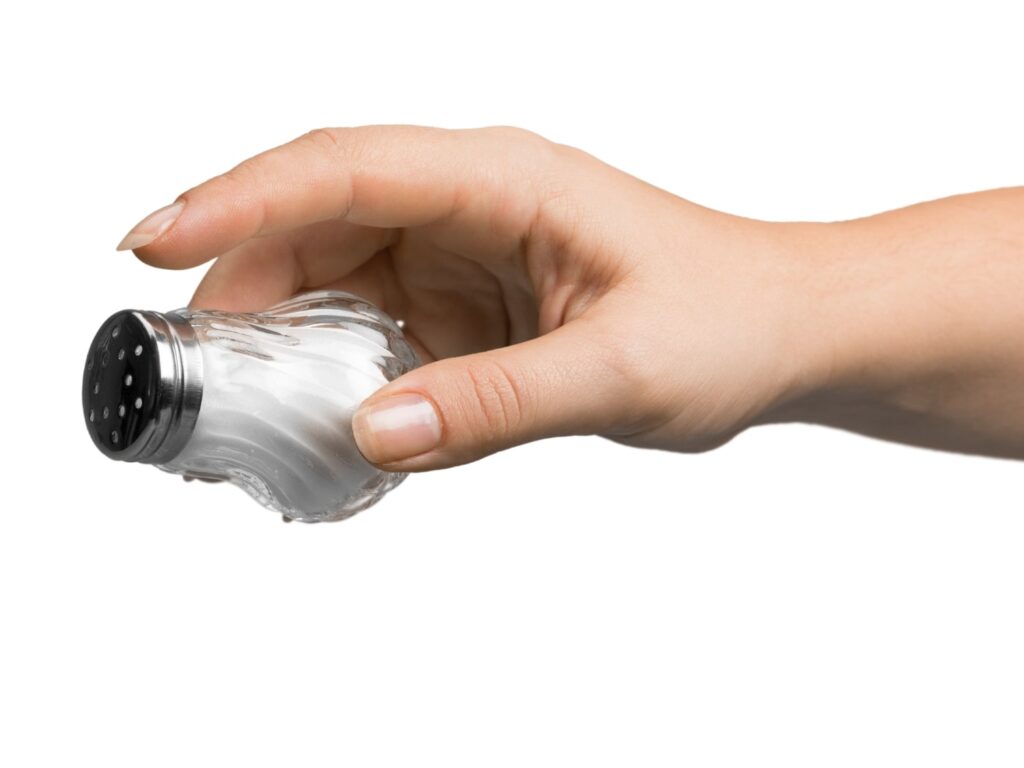
Salt is a fundamental component of our diet, necessary for vital bodily functions like fluid regulation, nerve signal transmission, and muscle contractions. Yet, not all salt is created equal. In recent years, increasing attention has been paid to the different types of salt available and how they impact our health. This guide explores various salts—from table salt to Himalayan pink salt—and identifies the healthiest options based on mineral content, processing methods, and overall nutritional value.
Why Salt Matters in a Healthy Diet
Sodium, the main component of salt, plays a crucial role in balancing fluids in the body, aiding nerve function, and helping muscles contract. However, most people consume more sodium than needed, largely due to processed foods. Excessive sodium intake is linked to health issues like high blood pressure, cardiovascular disease, and stroke. To strike a healthy balance, it’s important not only to limit the quantity of salt but also to choose higher-quality salts that are less processed and contain beneficial trace minerals.
Table Salt: The Most Common but Least Natural
Table salt is the most widely used type of salt. It is highly refined and often fortified with iodine to prevent iodine deficiency, a condition that can lead to thyroid problems. While the addition of iodine offers an important health benefit, table salt is also stripped of its natural minerals during processing and usually contains anti-caking agents to prevent clumping. These additives and the lack of naturally occurring minerals make table salt a less desirable option from a health perspective, especially when better alternatives are available.
Sea Salt: A Natural Alternative
Sea salt is produced by evaporating seawater, usually with minimal processing. It retains trace amounts of minerals like magnesium, calcium, and potassium, which contribute to its slightly more complex flavor and potentially greater health benefits compared to table salt. However, due to pollution in today’s oceans, some sea salts may contain microplastics or environmental contaminants. For this reason, it’s advisable to purchase sea salt from trusted brands that test for purity. Despite these concerns, sea salt remains a popular and generally healthier option.
Himalayan Pink Salt: Mineral-Rich and Pure
Himalayan pink salt is mined from ancient sea beds deep within the Himalayan mountains. It gets its pink hue from iron oxide and contains over 80 trace minerals, including magnesium, potassium, and calcium. This salt is minimally processed and free from modern pollutants, making it a popular choice for health-conscious individuals. While the trace minerals it contains are present in small amounts and may not significantly alter nutrient intake, they still offer a natural alternative to refined salt. Himalayan pink salt is an excellent option for everyday use when consumed in moderation.
Celtic Sea Salt: Moist, Grey, and Highly Alkaline

Celtic sea salt is hand-harvested from tidal ponds in coastal France. It is known for its greyish color and slightly damp texture, which result from its high moisture and mineral content. This salt contains valuable electrolytes such as magnesium, making it particularly beneficial for hydration and muscle function. The naturally lower sodium concentration per teaspoon—due to the retained moisture—also makes it a favorable option for those watching their sodium intake. While it may clump and costs more than conventional salts, Celtic sea salt is a top-tier choice for overall health and mineral balance.
Red Hawaiian Salt (Alaea Salt): Volcanic and Unique
Red Hawaiian salt, also known as Alaea salt, is traditional Hawaiian sea salt mixed with red volcanic clay. The clay gives the salt a reddish tint and adds iron and other trace minerals. This salt is often used in cultural ceremonies and regional dishes. Though its health benefits are modest, its mineral content and natural processing make it a better choice than refined salt. Alaea salt offers a unique flavor and aesthetic, making it ideal for occasional use or culinary exploration rather than daily consumption.
Black Salt (Kala Namak): For Digestive Health

Kala namak, or black salt, is a type of volcanic rock salt with a distinct sulfurous aroma and flavor. Commonly used in South Asian cuisine and Ayurvedic medicine, it is believed to aid digestion, relieve bloating, and improve appetite. Black salt contains various minerals, including iron and sulfur compounds. While it may not be suited for all dishes due to its strong flavor, it can be a beneficial addition to specific meals or for those seeking natural remedies for digestive issues.
Low-Sodium Salt: For Hypertension Management
Low-sodium salt is a specially formulated salt blend that replaces a portion of sodium chloride with potassium chloride. This substitution is useful for people with high blood pressure or those needing to reduce their sodium intake. While low-sodium salt helps manage sodium levels, the added potassium can be problematic for individuals with kidney disease or those on potassium-restricted diets. It may also have a slightly bitter taste. Nonetheless, it’s a practical solution for people looking to reduce sodium without giving up the flavor-enhancing qualities of salt.
What to Look for When Choosing the Best Salt for Health
When selecting a healthy salt, consider the following:
- Processing: Less processing means more natural mineral content.
- Additives: Avoid salts with chemical anti-caking agents.
- Mineral Content: Trace minerals like magnesium, calcium, and potassium support overall health.
- Sodium Intake: Even healthy salts contain sodium therefore portion control is essential.
- Purity: Choose salt from clean sources, especially when buying sea salt.
The Healthiest Salt: Our Top Picks
Among the wide range of salts available, Himalayan pink salt stands out as one of the best all-round options due to its mineral content, purity, and accessibility.
Celtic sea salt is another excellent choice, especially for its electrolyte content and natural alkalinity.
For those with iodine deficiencies, iodized table salt remains a necessary option, particularly in regions where iodine is not present in the local diet. If you’re aiming to lower your sodium intake, low-sodium salt can help, provided you consult a healthcare provider. Each of these salts has its own advantages depending on your specific health goals.
How Much Salt Is Healthy?

According to the World Health Organization, adults should consume no more than 5 grams of salt per day, about one teaspoon, which equals roughly 2,000 mg of sodium. It’s important to note that most dietary sodium comes from processed and packaged foods, not from salt added during cooking or at the table. Reducing consumption of processed food and choosing natural salt sources can help keep your sodium intake in check while still enjoying the flavor and benefits salt offers.
Final Thoughts: Quality Over Quantity
Salt is both a critical nutrient and a common seasoning, but how much you consume and the type you choose matters greatly for your health. Unrefined salts like Himalayan pink salt and Celtic sea salt offer more than just sodium; they contain trace minerals and are free from artificial additives. While no salt can be deemed a superfood, natural salts in moderation are far superior to highly processed alternatives. Focus on quality, reduce overall sodium intake, and incorporate whole, fresh foods into your diet to maintain a healthy balance.
